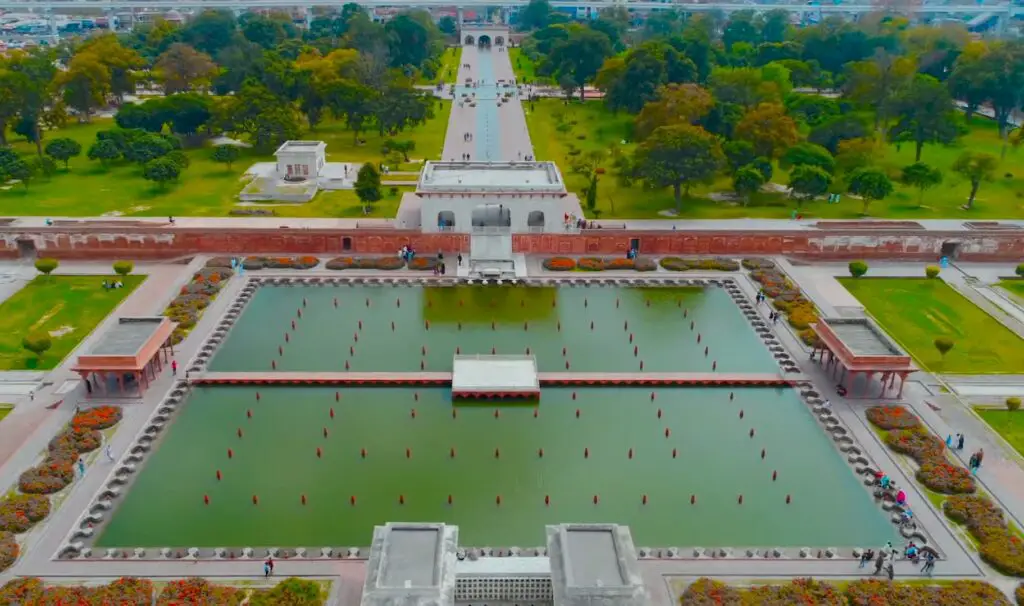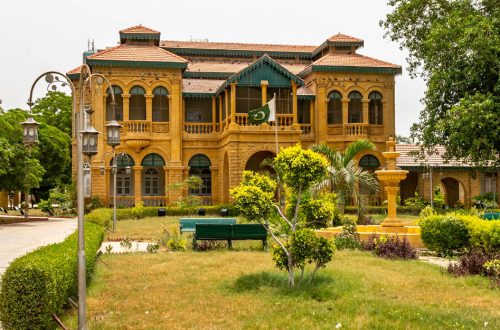Explore the majestic Shalimar Gardens in Lahore, a quintessential example of Mughal architectural brilliance. Built in the 17th century by the legendary Emperor Shah Jahan, this UNESCO World Heritage site is a testament to the historical and cultural grandeur of Pakistan. With its verdant terraces, cascading fountains, and white marble pavilions, the Shalimar Gardens offer a serene escape into the heart of Mughal heritage, making it a must-visit for travelers and history enthusiasts alike. Discover Shalimar Gardens in Lahore, a stunning UNESCO World Heritage site showcasing Mughal architecture, historical landscapes, and cultural heritage amidst lush greenery and marble structures.
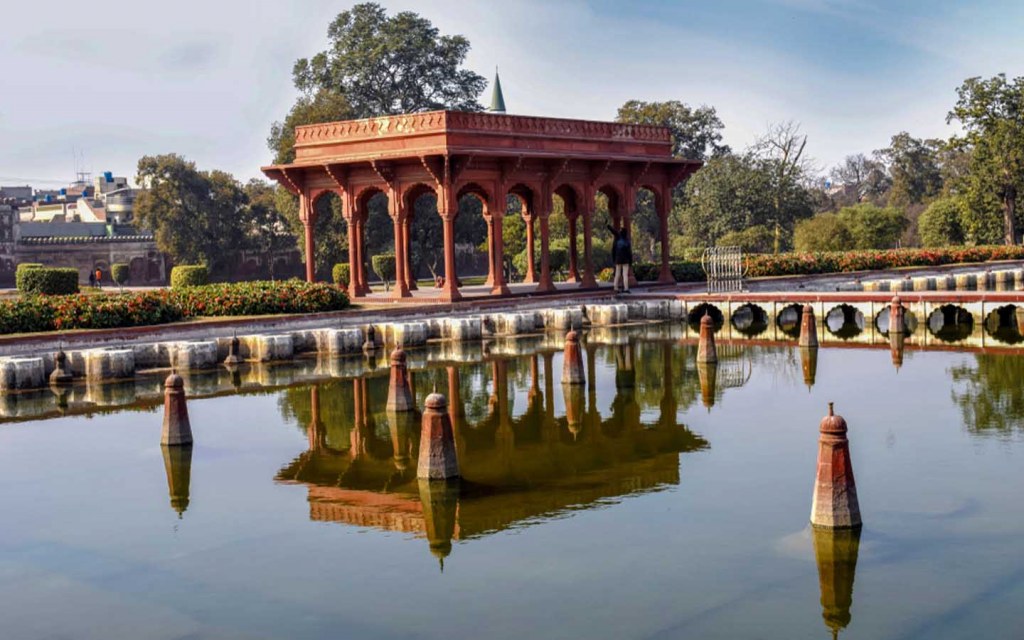
Shalimar Gardens Lahore: A Historical Overview of Mughal Empire
Shalimar Gardens Lahore stands as a timeless testament to the grandeur and refinement of the Mughal Empire, epitomizing the fusion of Persian, Islamic, and Indian architectural aesthetics. Constructed during the reign of Emperor Shah Jahan in 1641 CE, these magnificent gardens represent an era of opulence and artistic brilliance.
Throughout history, Shalimar Gardens Lahore has witnessed the rise and fall of empires, enduring as a cultural heritage site of immense significance. Despite facing various challenges over the centuries, including natural disasters and political instability, the gardens have been meticulously restored to preserve their original splendor.
Architectural Marvels of the Shalimar Gardens by Mughal
The Shalimar Gardens in Lahore, crafted by the Mughal dynasty, represent a pinnacle of architectural brilliance and landscape design. Built under the patronage of Emperor Shah Jahan, these gardens are an exemplar of Mughal ingenuity and aesthetic sensibilities.
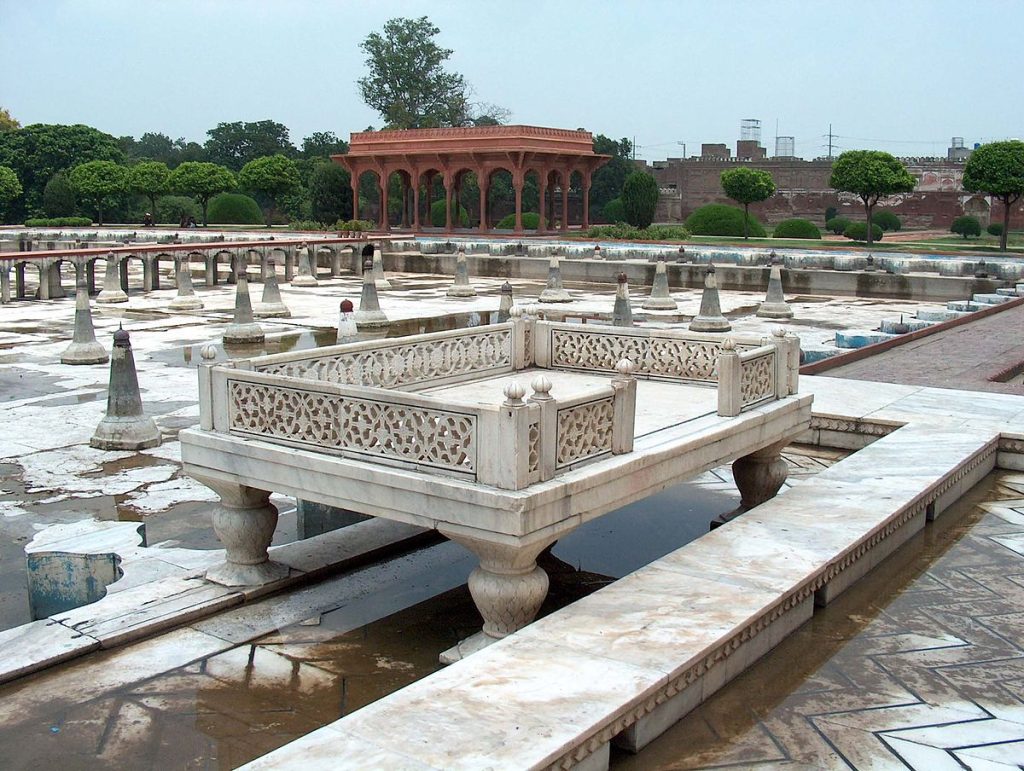
One of the most striking features of the Shalimar Gardens is its intricate water management system. The gardens are divided into three terraces, each with its own distinct purpose and layout. Water cascades down from the upper terrace to the lower ones through a series of elaborately designed channels, fountains, and marble pools. This hydraulic engineering marvel not only served practical purposes such as irrigation but also added to the gardens’ visual appeal, creating a sense of tranquility and harmony.
The UNESCO Recognition: Protecting Shalimar’s Legacy
The UNESCO recognition of the Shalimar Gardens in Lahore marks a pivotal moment in the preservation of cultural heritage. Designated as a UNESCO World Heritage Site in 1981, this prestigious acknowledgment underscores the global significance of the gardens and the imperative to safeguard their legacy for future generations.
In essence, the UNESCO recognition of the Shalimar Gardens serves as a beacon for cultural preservation, signaling the importance of protecting our shared heritage for the benefit of present and future generations. It underscores the imperative to cherish and conserve these architectural treasures, ensuring that the legacy of the Mughal Empire endures for centuries to come.
A Tourist’s Guide to Exploring the Shalimar Gardens near Lahore Fort Pakistan
A visit to the Shalimar Gardens near Lahore Fort in Pakistan promises a captivating journey through the splendid legacy of the Mughal Empire. Nestled on the eastern bank of the Ravi River, these meticulously crafted gardens offer a serene escape from the bustling city life, inviting tourists to immerse themselves in the beauty of nature and history.
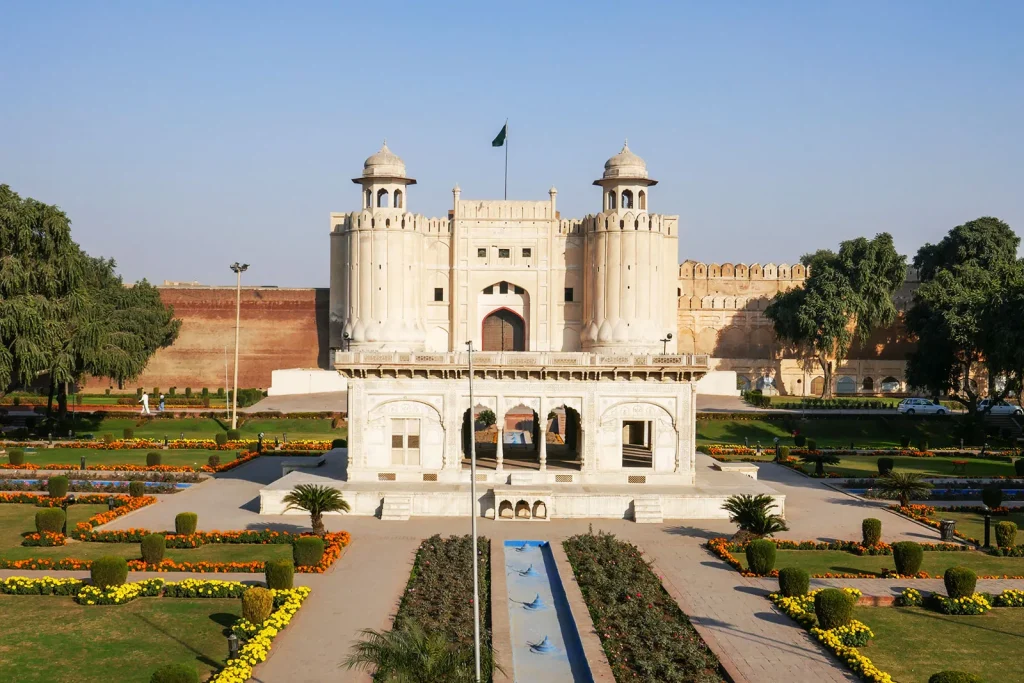
As you wander through the gardens, take time to appreciate the historical significance of this UNESCO World Heritage Site, which stands as a testament to the Mughals’ architectural prowess and cultural heritage. Whether you’re a history enthusiast, a nature lover, or simply seeking a moment of tranquility, a visit to the Shalimar Gardens promises an unforgettable experience that will leave you enchanted and inspired.
The Flora and Fauna of Shalimar Gardens from Gardens in Lahore
The Shalimar Gardens in Lahore boast a rich tapestry of flora and fauna, contributing to its allure as a serene oasis amidst the urban landscape. The gardens serve as a sanctuary for a diverse array of plant species, offering visitors a glimpse into the region’s natural heritage.
The gardens also harbor a variety of trees, including towering specimens like cypress, pine, and mulberry, which provide shade and shelter for both visitors and wildlife. Birdwatchers will delight in the avian inhabitants of the gardens, from colorful songbirds to majestic birds of prey soaring overhead.
Cultural Events and Festivities at Shalimar
Cultural events and festivities at Shalimar Gardens Lahore celebrate the region’s rich heritage. From the annual Mela Chiraghan, or Festival of Lights, to classical music concerts and art exhibitions, these events showcase traditional arts, music, and cuisine, enriching the visitor experience with vibrant cultural experiences.
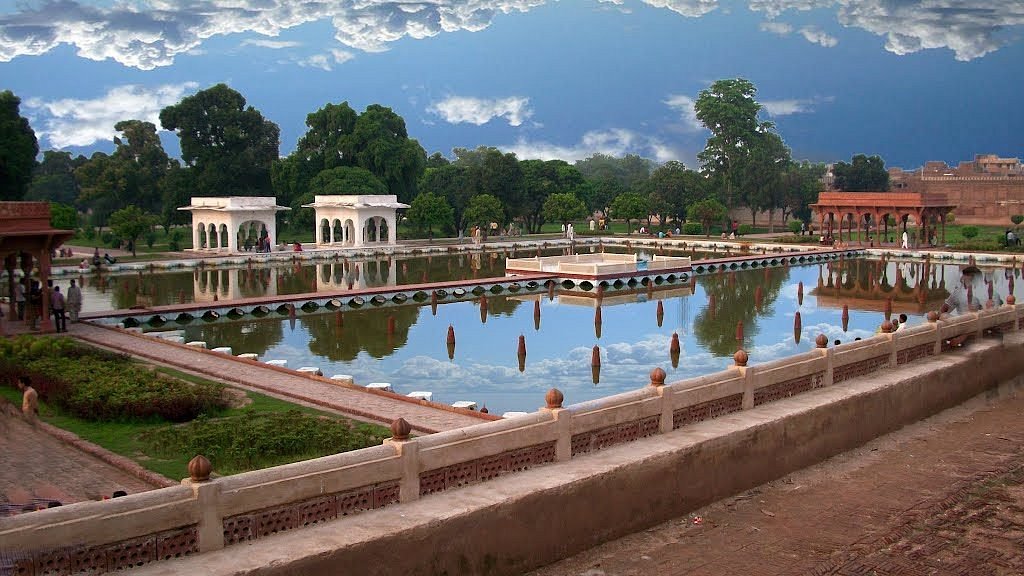
Beyond the Gardens: Exploring the Surroundings
A visit to Shalimar Gardens Lahore would be incomplete without exploring its historical context. Just a short distance away lies the majestic Lahore Fort (Shahi Qila), another architectural marvel from the Mughal era. This imposing fort, once the seat of Mughal power in Lahore, offers a glimpse into the grandeur and opulence of the Mughal Empire.
Preservation Challenges and Future Outlook to visit Shalimar Gardens
Preservation challenges face Shalimar Gardens Lahore, including environmental degradation and urban encroachment. However, concerted efforts are underway to safeguard its legacy. With sustainable conservation strategies and community involvement, the future outlook remains hopeful, ensuring this historical gem continues to enchant visitors for generations to come.
Shalimar Gardens’ significance, woven into the fabric of Mughal history and the city’s identity as the “City of Gardens,” underscores the importance of preserving this heritage site for generations to come.
A Paradise Unearthed: Unveiling the Enchantment of Shalimar Gardens Lahore
Nestled amidst the bustling metropolis of Lahore, Pakistan, lies a tranquil oasis known as the Shalimar Gardens Lahore. This captivating Mughal garden complex, boasting a rich history and breathtaking beauty, stands as a testament to the artistic brilliance of the Mughal era. As you step through the grand entrance, a world of cascading waterfalls, verdant walkways, and meticulously designed pavilions unfolds before you, transporting you back to a bygone era of imperial grandeur.
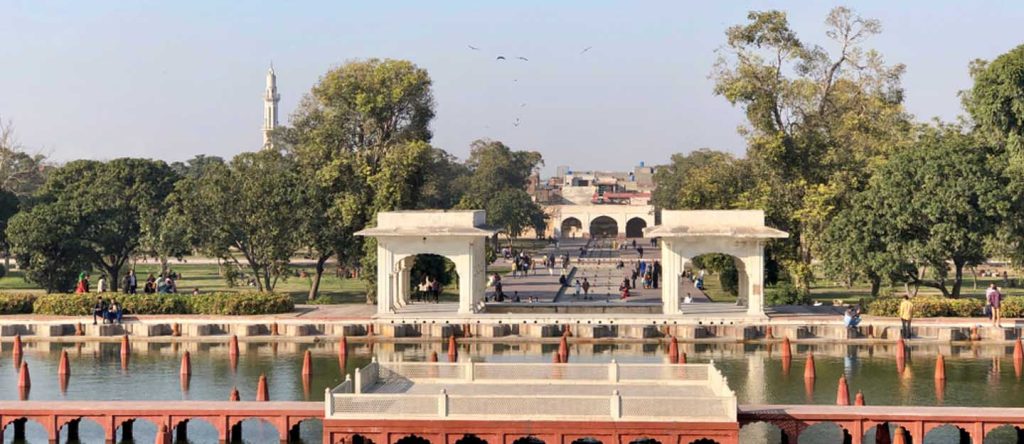
A Tapestry of Mughal Architecture: Exploring Shalimar Gardens Lahore
Shalimar Gardens Lahore, spread over an area of 16 hectares (40 acres), is a masterpiece of Mughal garden design. Enclosed by a majestic red sandstone wall, the garden complex is divided into three distinct tiers, each offering a unique visual experience.
The Uppermost Terrace: Farah Baksh (Pleasure Bestowing)
As you enter the Shalimar Gardens Lahore from the main gate, you find yourself on the uppermost terrace, aptly named Farah Baksh, meaning “Pleasure Bestowing.” This level was reserved for the Mughal emperor and his royal court. It features a grand pavilion known as the Diwan-e-Khas-o-Aam, a hall of private and public audiences. The intricately carved marble and decorative tilework on the pavilion showcase the exquisite craftsmanship of the Mughal era. A central pool reflects the surrounding architecture, creating a mesmerizing visual spectacle.
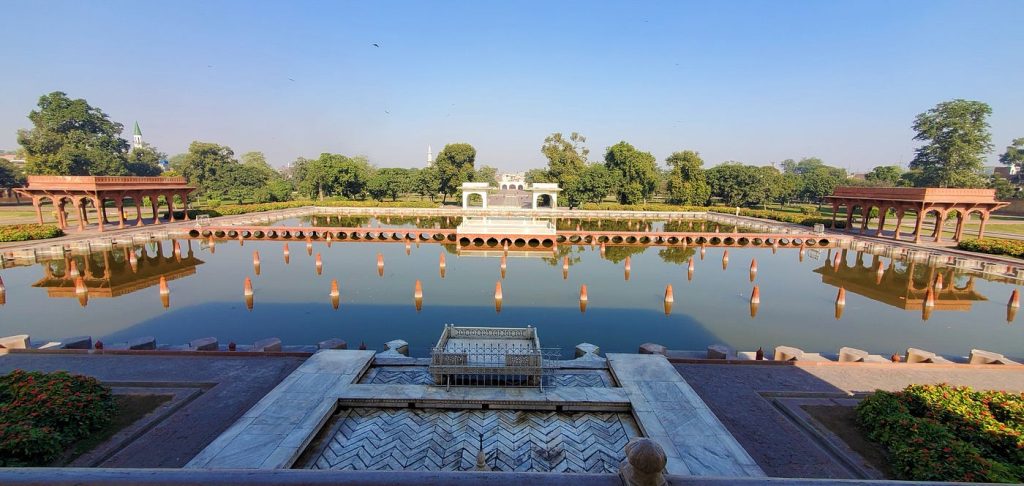
The Middle Terrace: Faiz Baksh (Bountiful)
Descending through a cascading waterfall, you arrive at the middle terrace, Faiz Baksh, meaning “Bountiful.” This section, once overflowing with fruit trees and fragrant flowers, served as the primary recreational area for the royal family. The iconic Baradari, a twelve-doored pavilion, stands at the center of this terrace, offering a breathtaking view of the cascading water channels and the lush green landscape. Here, you can almost imagine the Mughal royals enjoying cool evenings amidst the fragrant gardens.
The Lowermost Terrace: Hayat Baksh (Life Bestowing)
The final tier, Hayat Baksh, meaning “Life Bestowing,” served as a public space for the nobility and citizens of Lahore. This section boasts a large rectangular pool, the largest in the entire complex, reflecting the clear blue sky and providing a sense of tranquility. The Naqar Khana, a drum house, situated at the far end of the terrace, served as a timekeeping device and a symbol of imperial authority.
A Network of Life: Water Management in Shalimar Gardens Lahore
One of the most remarkable aspects of Shalimar Gardens Lahore is its ingenious water management system. Canals and streams meticulously designed by Mian Muhammad Yusuf channel water from the nearby River Ravi, creating a life-giving network that nourishes the gardens and fuels the cascading fountains.
Who built Shalimar Garden Lahore?

Shah Jahan
“The Shalimar Gardens, commissioned by Shah Jahan in 1641-2, represent a masterpiece of Mughal garden design, blending Persian aesthetics with medieval Islamic garden principles, showcasing the pinnacle of Mughal artistic innovation.”
What is Shalimar Garden famous?
“The Shalimar Bagh is renowned for its ‘chini khanas,’ or arched niches, positioned behind cascading waterfalls, making them a distinctive highlight of the garden. These niches were illuminated with oil lamps during the night, lending a magical aura to the waterfalls, reminiscent of a fairy tale setting.”
How much does it cost to go to Shalimar Gardens?
Shalimar Garden in Lahore welcomes visitors from 8:00 AM to 6:00 PM every day of the week. The entry fee for this historic Mughal garden is merely PKR 20 for locals and PKR 400 for foreigners, offering an economical yet delightful destination for a family picnic in Lahore.
What are the characteristics of Shalimar Gardens?
The layout of the Shalimar Gardens forms a rectangular shape, oriented along a north–south axis, with dimensions measuring 658 meters by 258 meters, covering a total area of 16 hectares. Each terrace level rises 4–5 meters (13–15 feet) higher than the preceding one.
